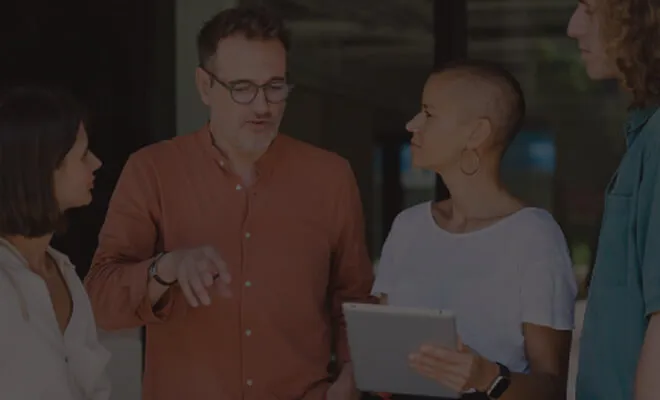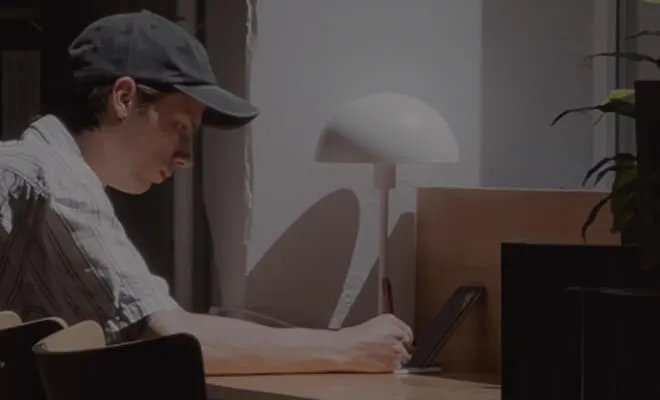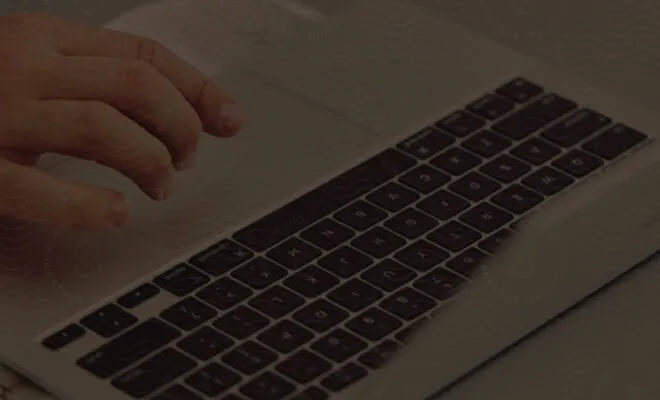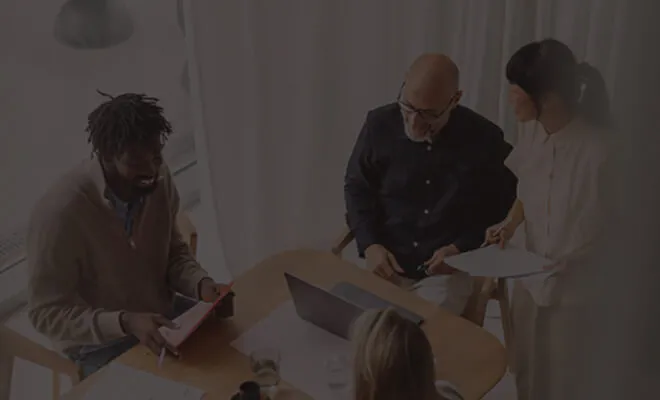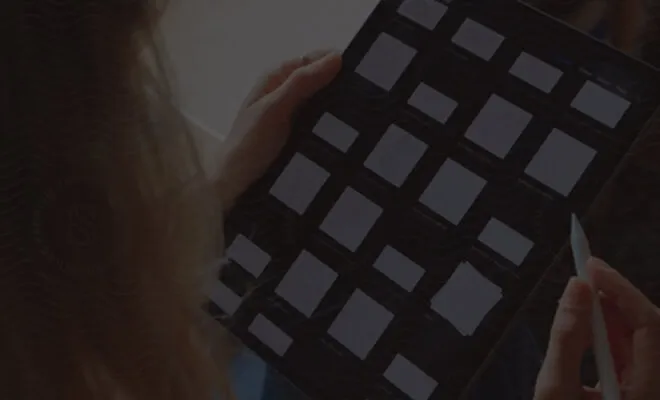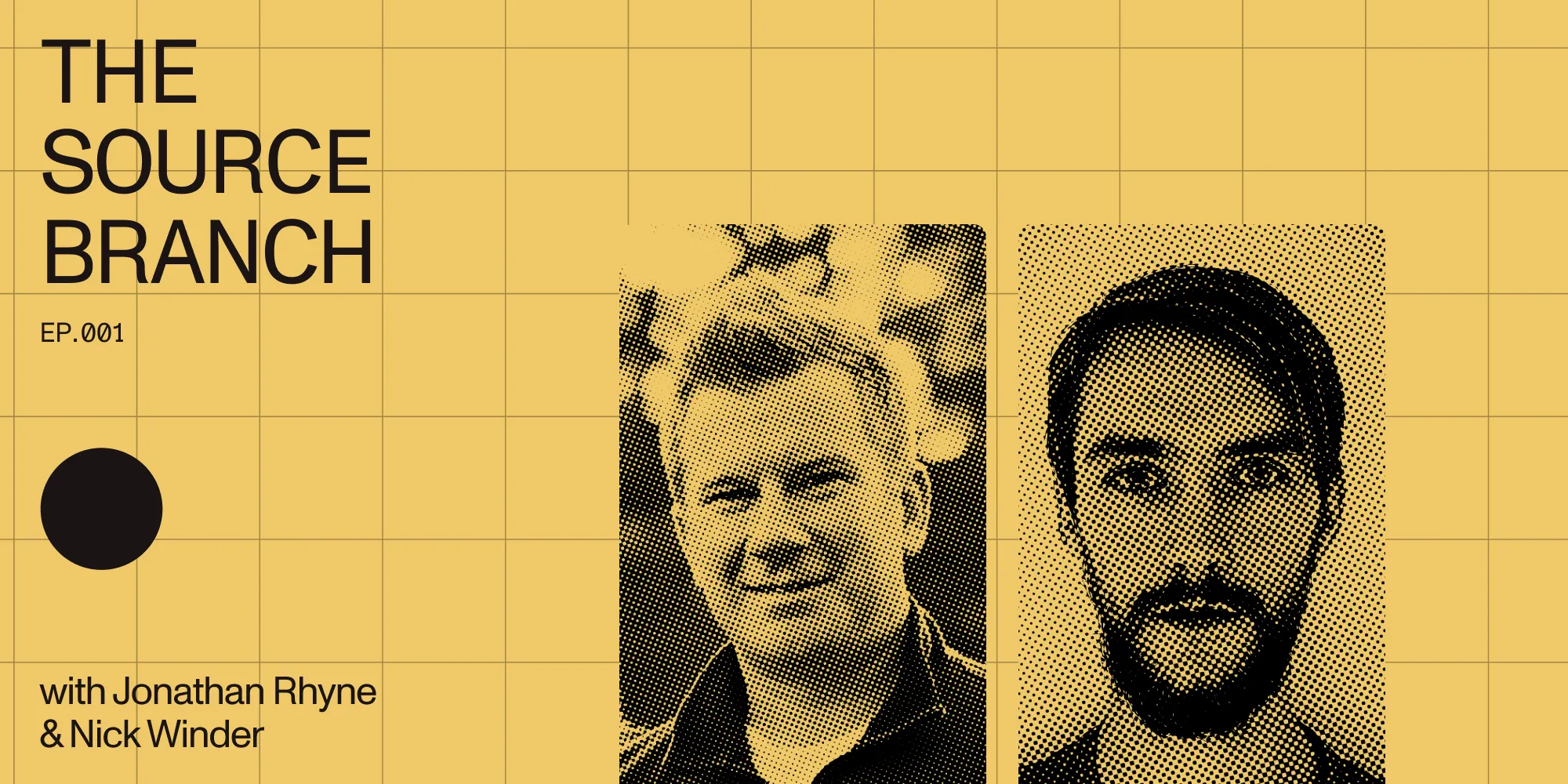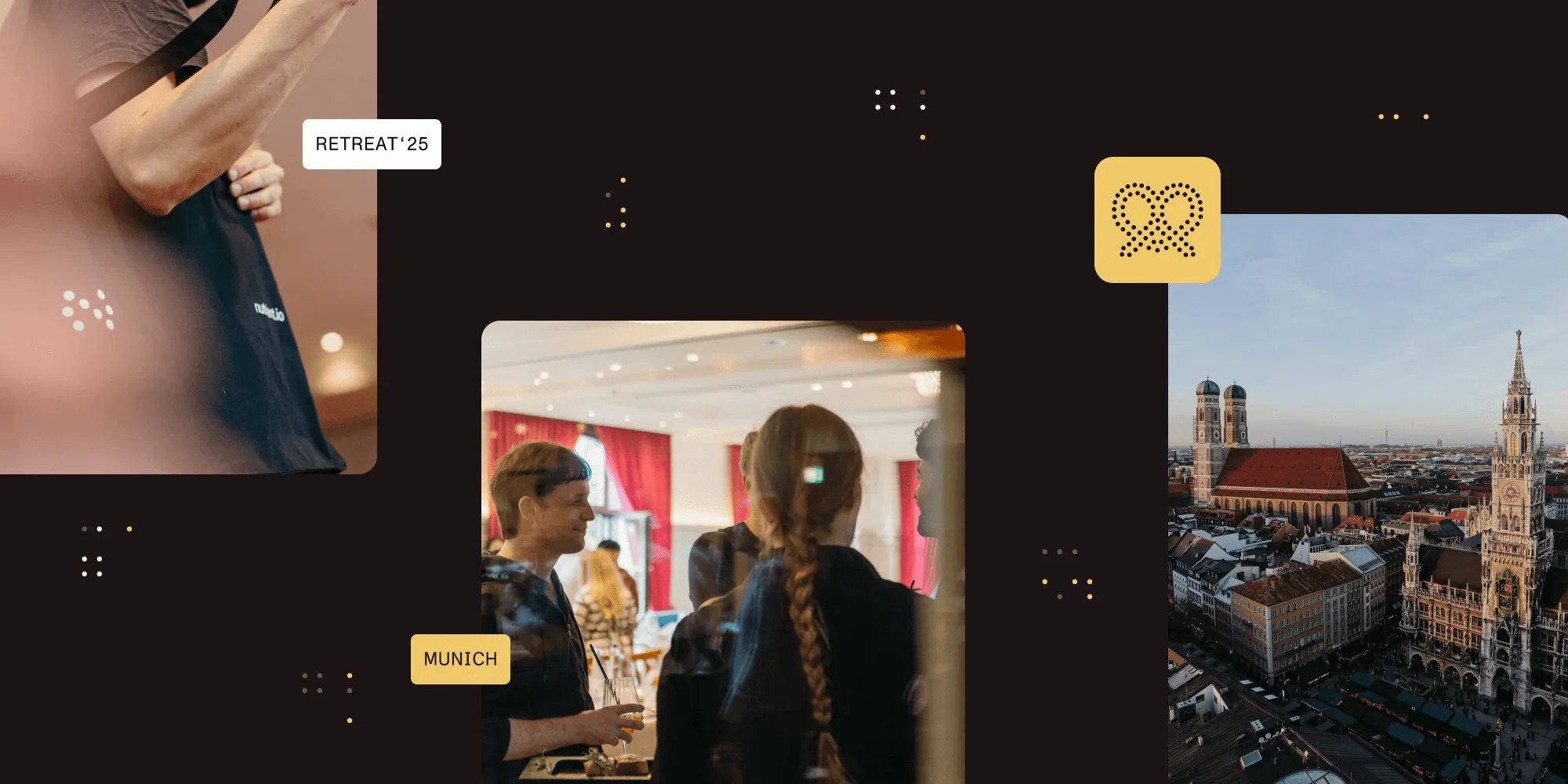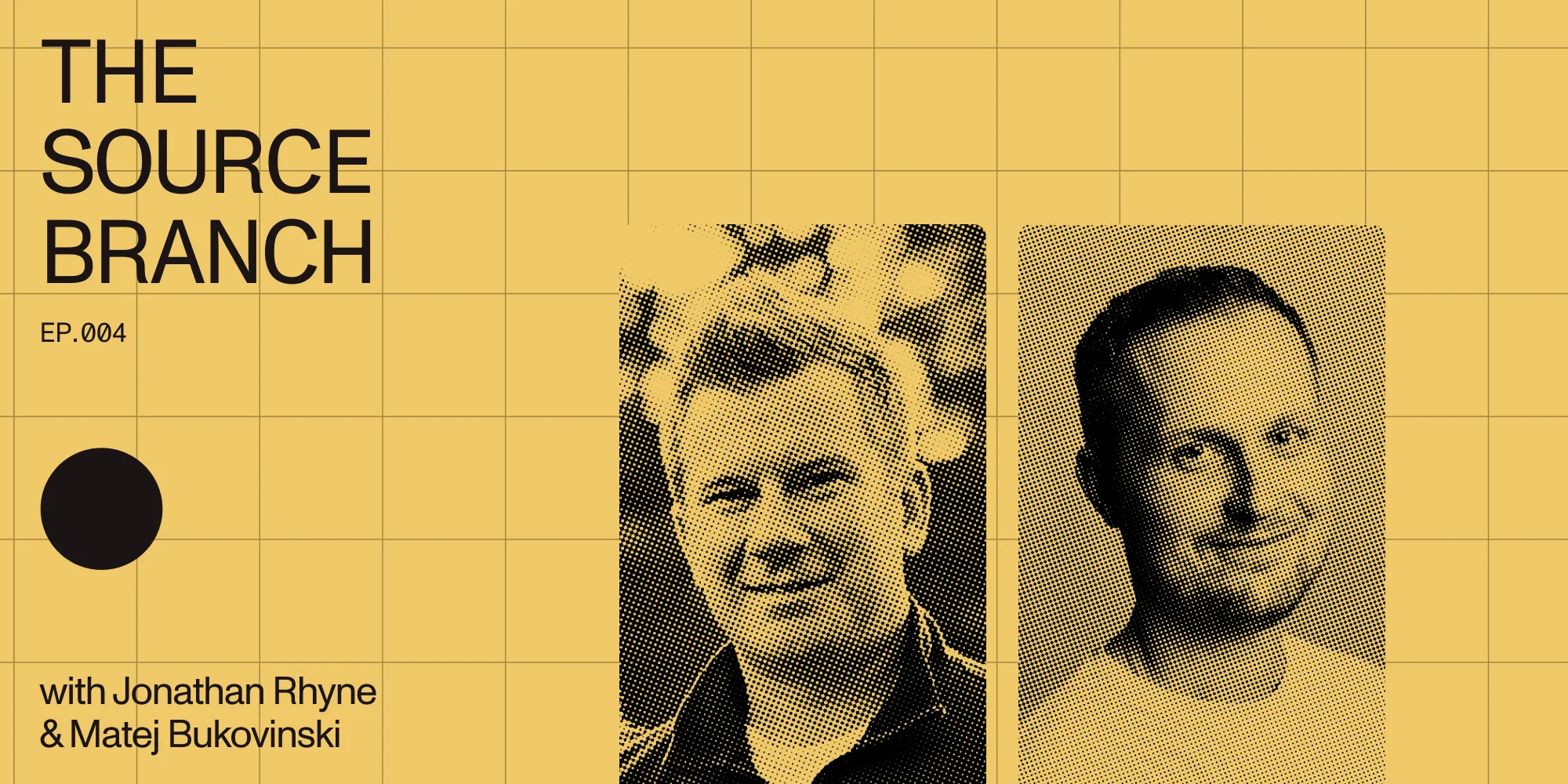From DOS to developer: How “Thor’s Hammer” forged a career
Table of contents
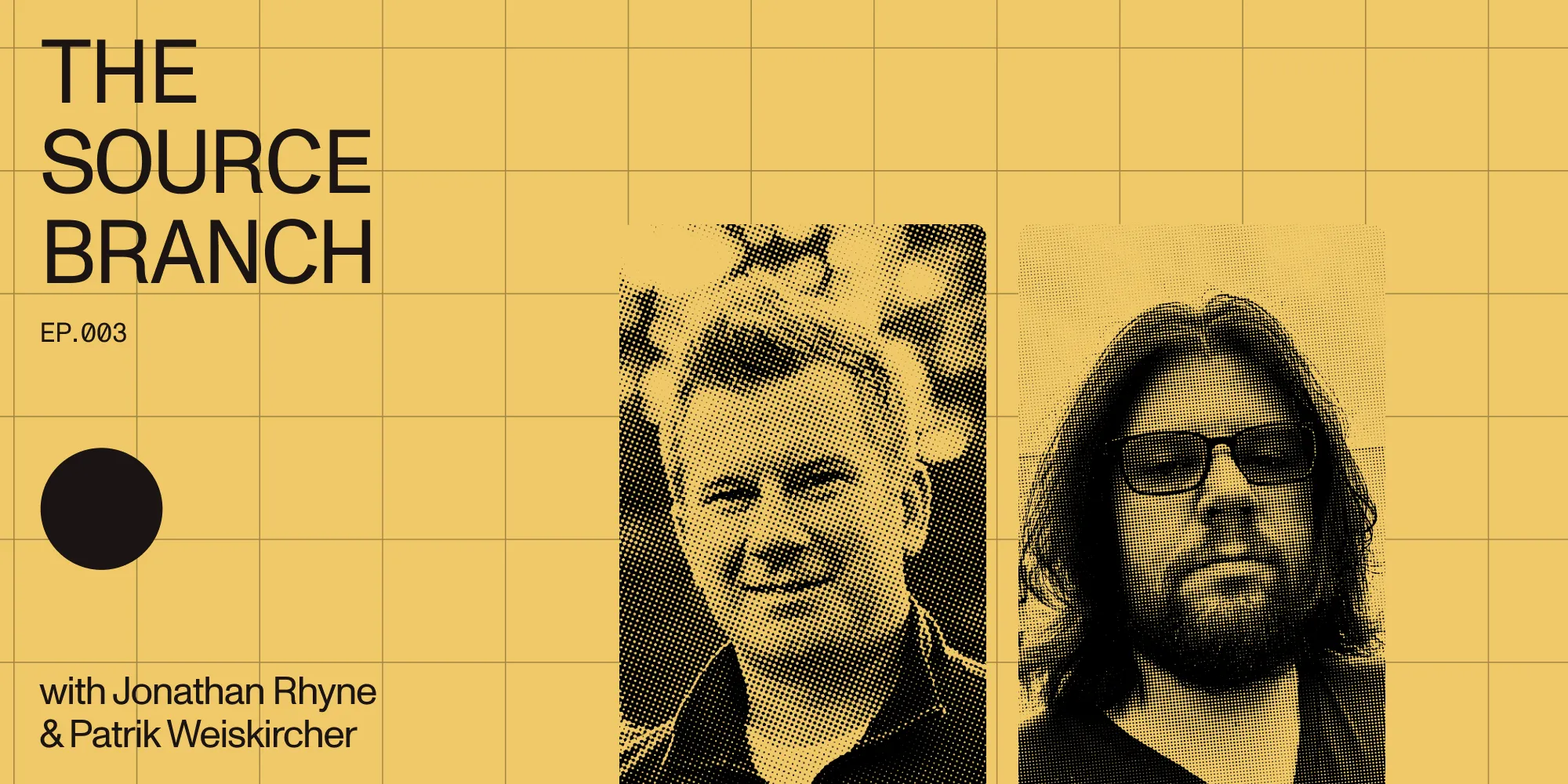
In the latest episode of The Source Branch podcast(opens in a new tab), our CEO Jonathan Rhyne dives deep into the life and professional reflections of one of Nutrient’s very own architects, Patrik Weiskircher. Patrik is the leader of the Core team, overseeing the shared codebase between Nutrient’s products. He’s the kind of guy who can make a PDF do things you didn’t even know were possible.
He shares his story, how he got started, and unique ideas about software engineering. This episode has important lessons that make it a must-watch (or must-listen) for people who want to be programmers, people who are already programmers, and anyone else who loves building great software.
PDF engineering, Thor’s Hammer coding, and AI adoption in legacy systems
Patrik’s role in PDF engineering at Nutrient
Patrik kicks things off with a brief intro to his work at Nutrient, where he focuses on crafting precise PDF solutions. He explains that his team handles all the “PDF things” for the company and manages a shared C++ codebase for many of its products. His depth of experience is evident in the fact that he can write PDFs in Notepad if necessary.
I literally knew nothing about PDFs except that they’re always annoying when you have to open them. But they’re getting better, thanks to us.
It’s a testament to his versatility and skill that he has to be fluent in a variety of programming languages, from C++ to TypeScript, and everything in between. He describes his work as backend SDK development and shared that he makes a point to “dabble in all those languages like Java, Kotlin, TypeScript, Swift, whatever comes around.” Basically, he’s the one making sure all the puzzle pieces fit together perfectly.
The road to software engineering
Everyone has a career-defining moment, and for Patrik, it started with a natural curiosity about computers and early experiences working with Linux. Patrik grew up in Austria, and he reminisces about time spent tinkering with DOS systems and building the exact configurations needed to get old-school games to run. He notes that the very earliest thing was just trying to run games on a computer during “the fun DOS time that you had different configurations.”
His interest only deepened when he got into Linux, where hands-on experimentation meant building kernels and compiling software — a process that took him about two weeks to get working.
Patrik’s path to software engineering also highlights the role of mentorship over formal education. He says his first job at a small company in Vienna helped him grow as a professional, and that he learned a lot from his coworkers there. From Patrik’s point of view, if you don’t have a college education, landing a first job where people teach you and you can prove your capabilities can make all the difference.
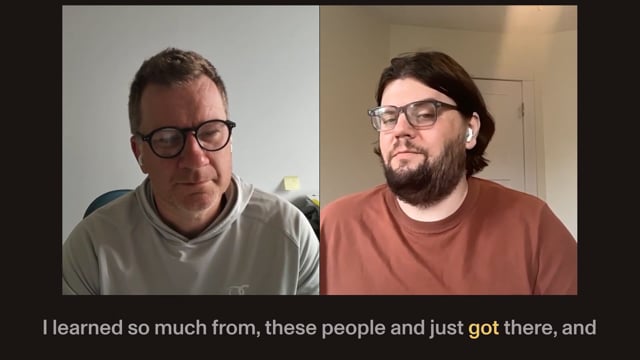
In a nostalgic twist, he shares that his initial job opportunities came from connections on Internet Relay Chat (IRC) — a theme that seems to recur throughout his career. It’s the kind of serendipitous networking story that proves you just never know where your next big break will come from.
Speed vs. quality in software development
“Thor’s Hammer,” Patrik’s nickname at Nutrient, enters the chat as the episode dives into the eternal debate between speed and quality in software engineering. Jonathan mentions Patrik’s moniker as he expands on the importance of maintaining rapid development cycles despite customer demands for perfection. He makes the point that you’re essentially “flying a plane while building it,” where keeping the plane in the sky is as important as building a plane that can continue to stay in the sky.
Patrik echoes this sentiment, emphasizing pragmatism in development. While challenges and technical constraints may evolve, he encourages engineers to focus on gradual, continuous improvements to manage technical debt effectively. He advises that if you know something needs refactoring, you can just add a little time to an estimate to clean it up a bit, with the goal of slowly but surely improving the code. It’s a refreshing take on what’s often seen as a black-and-white issue.
The role of AI tools in modern workflows
The discussion shifts to AI and its growing importance in software engineering. Jonathan asks about Patrik’s initial skepticism toward tools like Copilot, and Patrik explains that he tries to be “hype-resistant” because there are “too many hypes going on in the world.”
Fast-forward to today, when Patrik sees tools like Copilot as powerful assistants for automating routine tasks, allowing him to focus on complex, high-level thinking. He makes it clear that AI can’t replace a developer’s domain expertise, and that AI workflows are iterative, where precision and adaptability are key. Jonathan reinforces this perspective, explaining that large language models (LLMs) are like a car for driving, not fully autonomous technology. You still have to be the one behind the wheel.
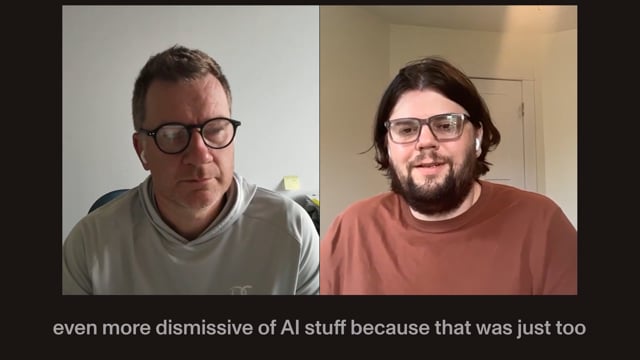
Gaming and alternative career paths
When asked about what he might do apart from software engineering, Patrik admits with a smile that it’d still have to be something in front of a computer, adding that he probably would still want to solve customers’ problems. Interestingly, Patrik applies the same problem-solving mindset to his gaming habits, with factory-building games like Satisfactory becoming his current obsession.
He explains that Satisfactory is all about building factories to make resources, which you then put together to get the right things out; it’s basically just optimizing. Jonathan reflects on how gaming fosters social connections and unexpected friendships — a theme that resonates deeply with Patrik’s own career story. After all, if you can land a job on IRC, you can probably land one on Steam, right?
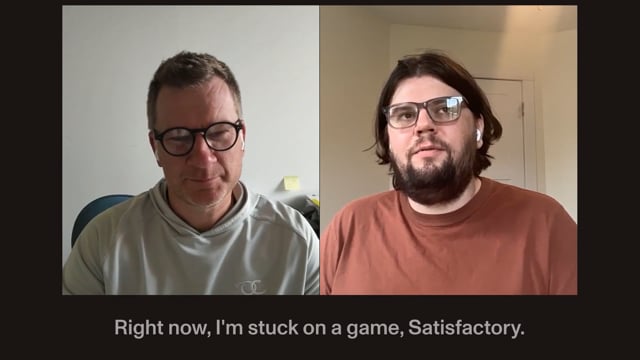
Final thoughts
From Linux kernels to enterprise-grade PDF technologies, Patrik’s journey is a powerful example of the importance of curiosity, adaptability, and a customer-centric approach in software engineering. This episode is a treasure trove of insights, covering career growth, practical workflows, and the exciting possibilities of AI integration into development.
Whether you’re a seasoned engineer or an aspiring programmer, this conversation offers valuable lessons on how to navigate challenges, embrace innovation, and thrive in the dynamic world of tech.
Learn about Patrik’s journey of curiosity, mentorship, and engineering leadership.
